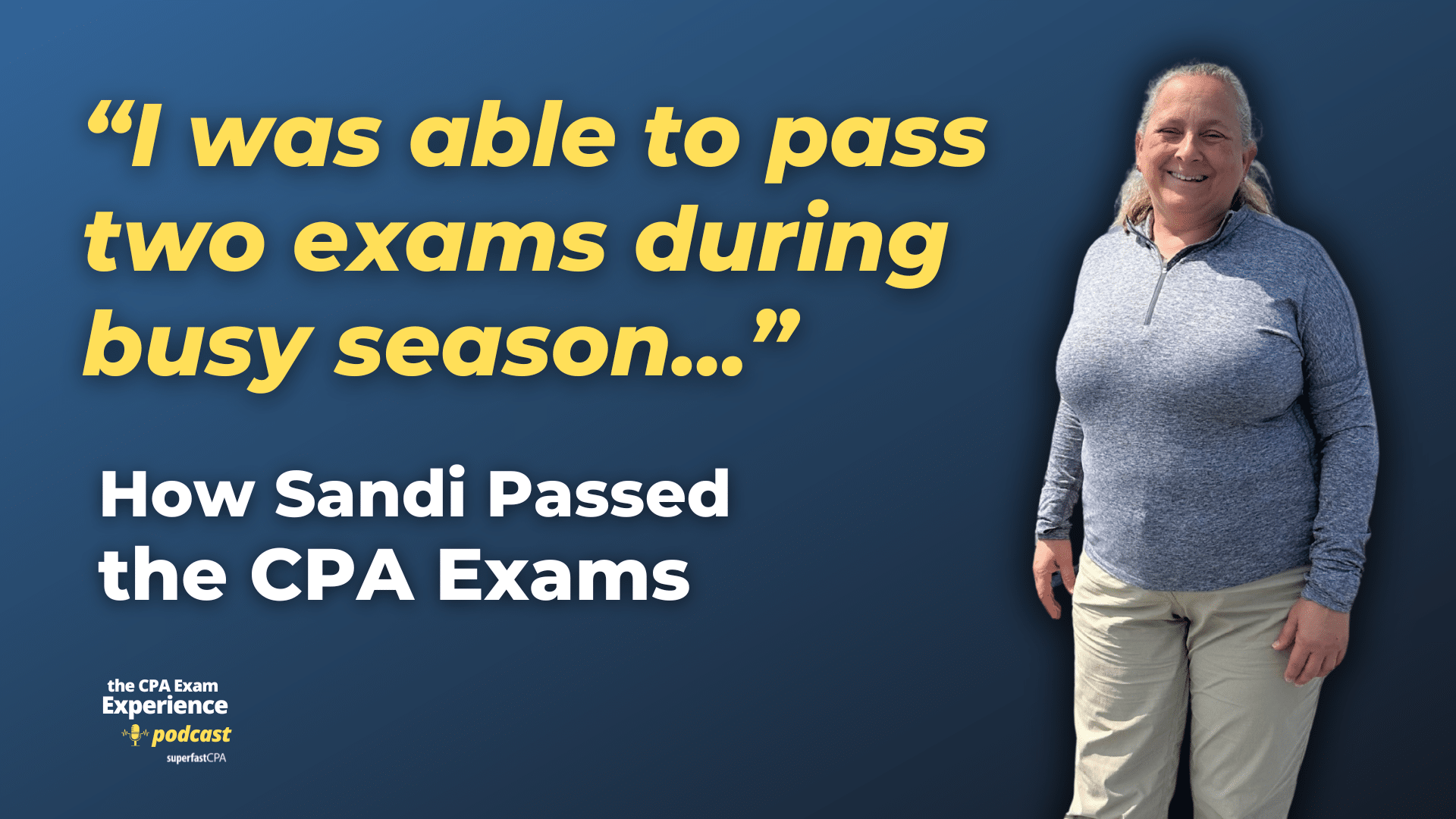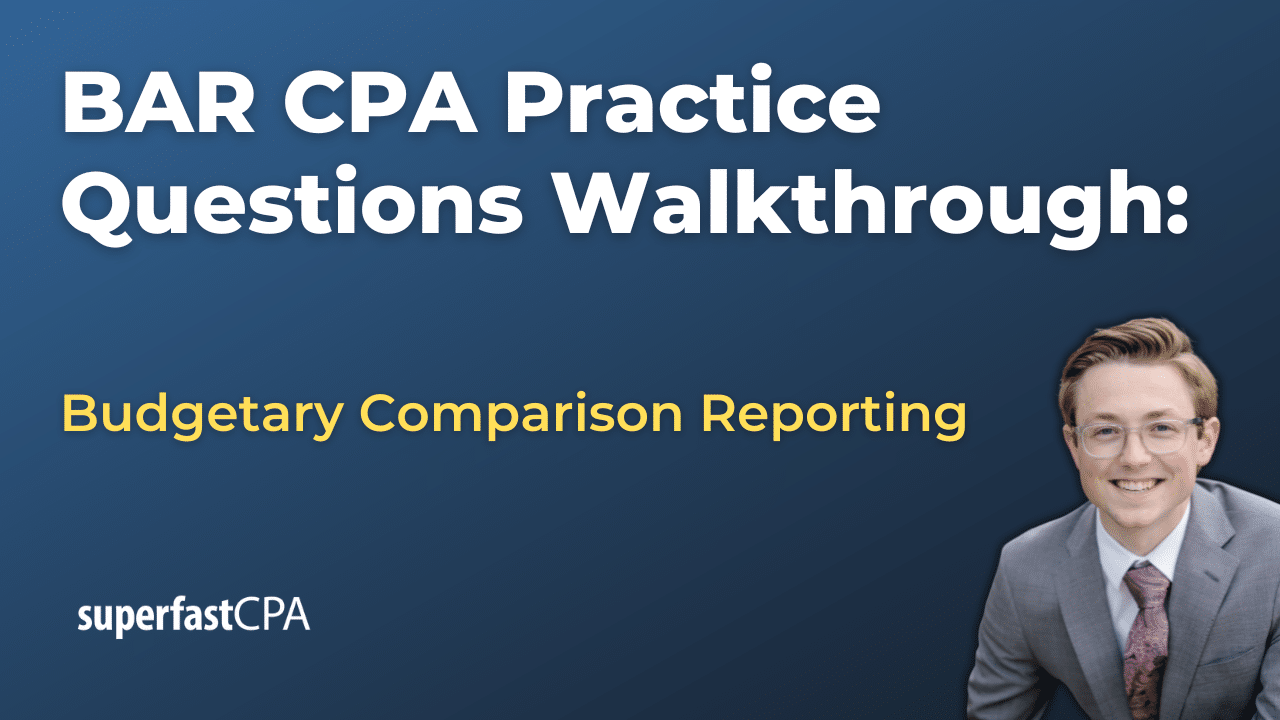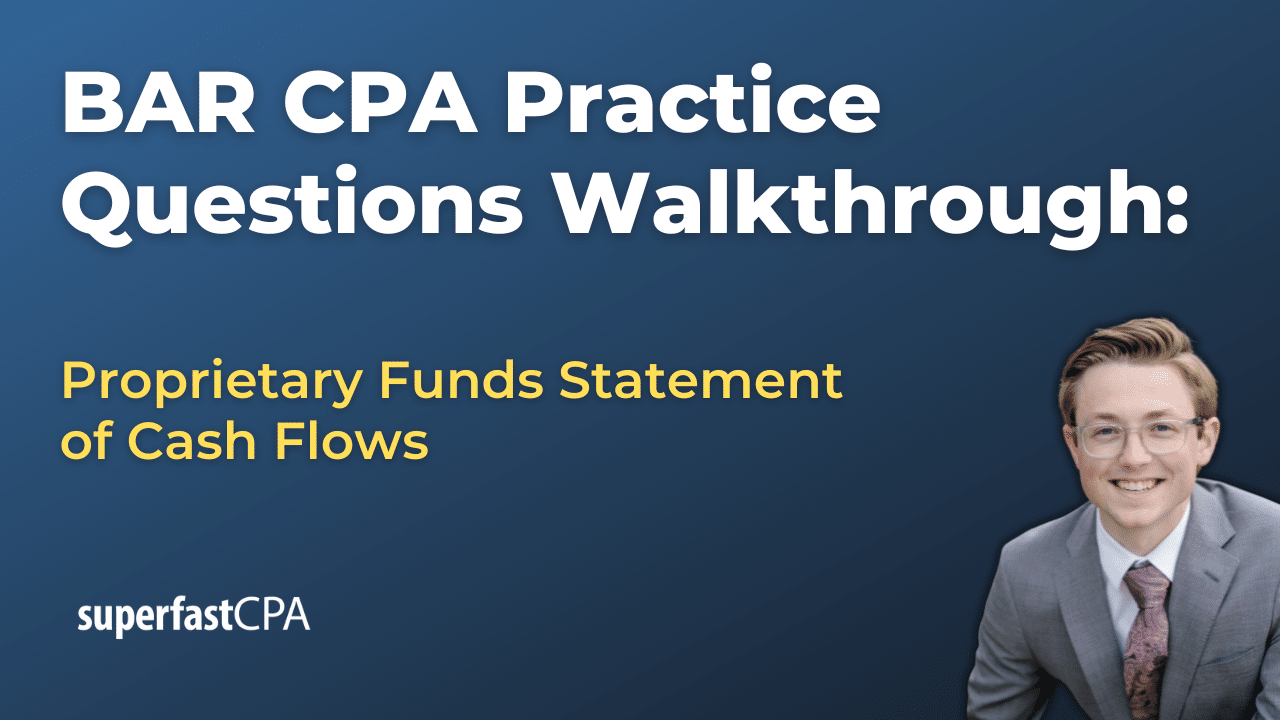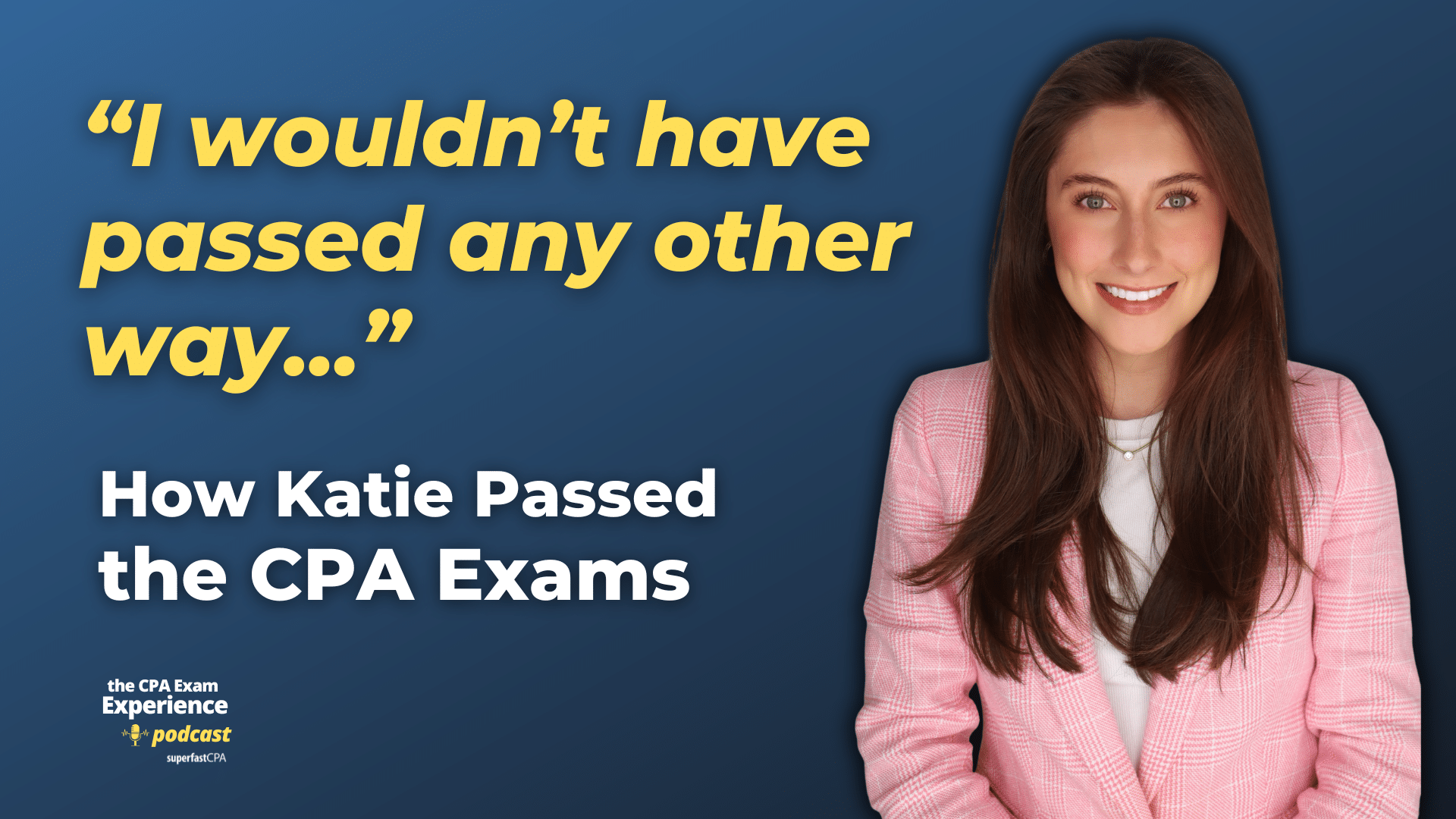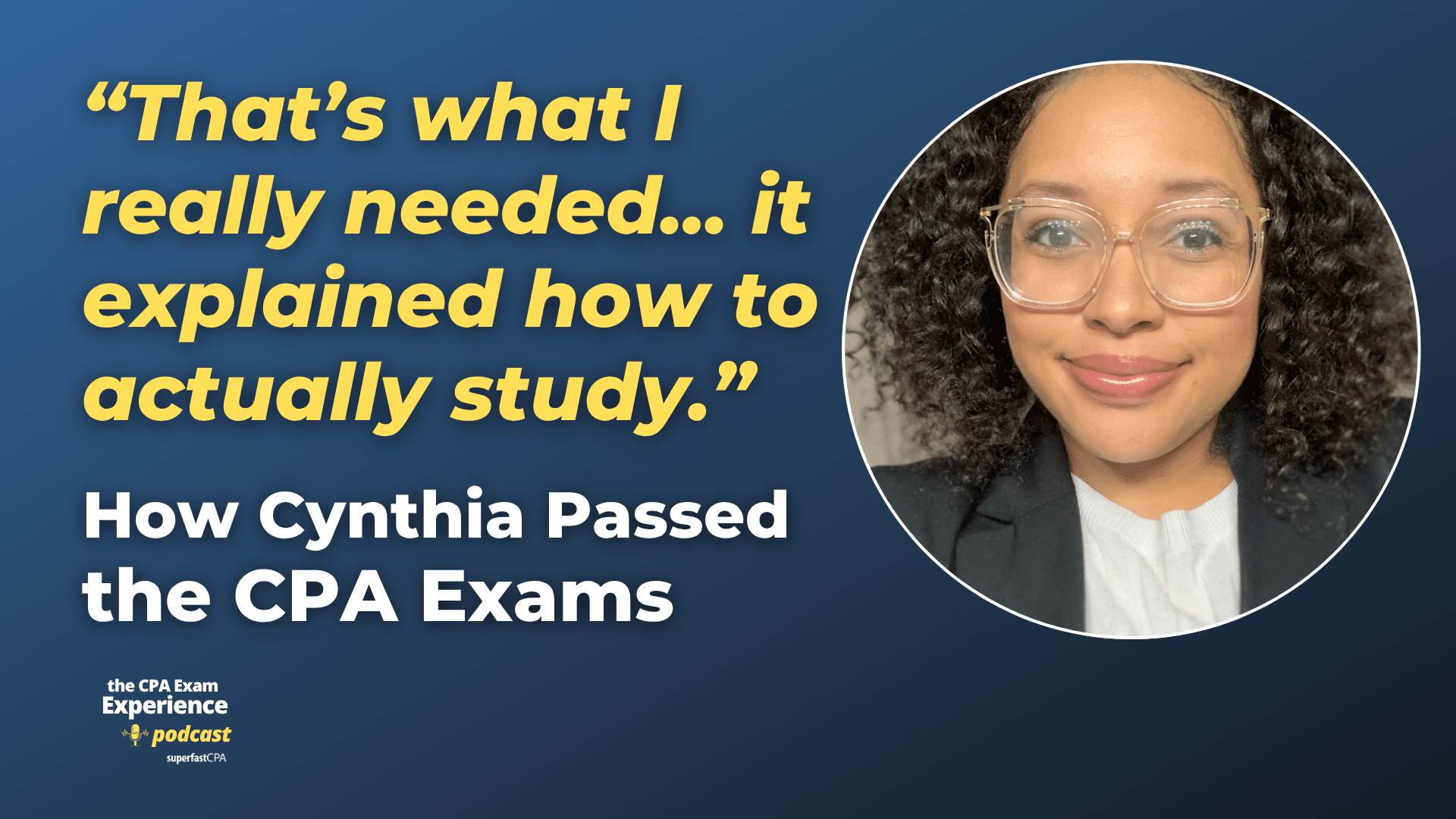In this video, we walk through 5 FAR practice questions teaching about preparing a statement of changes in equity. These questions are from FAR content area 1 on the AICPA CPA exam blueprints: Financial Reporting.
The best way to use this video is to pause each time we get to a new question in the video, and then make your own attempt at the question before watching us go through it.
Also be sure to watch one of our free webinars on the 6 “key ingredients” to an extremely effective & efficient CPA study process here…
Preparing a Statement of Changes in Equity
The statement of changes in equity, also known as the statement of shareholders’ equity, is a financial statement that provides a detailed account of the changes in a company’s equity during a specific reporting period. This statement is crucial for investors and stakeholders as it offers insight into the financial health and changes in ownership structure of the business. Below is a comprehensive guide on how to prepare a statement of changes in equity.
Understanding the Components
The statement of changes in equity typically includes the following components:
- Beginning Equity: The equity at the start of the reporting period, derived from the previous period’s ending equity balance.
- Retained Earnings:
- Net Income or Loss: The profit or loss generated by the company during the reporting period, which increases or decreases retained earnings.
- Dividends Declared: Payments made to shareholders, which reduce retained earnings.
- Issuance of Common Stock: New shares issued during the period, increasing share capital and additional paid-in capital.
- Repurchase of Treasury Stock: Company’s own shares bought back, decreasing equity.
- Other Comprehensive Income (OCI): Includes unrealized gains and losses on certain investments and foreign currency translation adjustments, affecting accumulated other comprehensive income (AOCI).
Calculating Beginning Equity
To begin, determine the equity at the start of the period. This can be found on the previous period’s balance sheet or by calculating the difference between total assets and total liabilities if not explicitly stated.
Adjusting for Transactions During the Period
Next, adjust the beginning equity for various transactions that occurred during the period. These adjustments include net income, dividends, stock issuance, and treasury stock repurchase.
Net Income: Calculate net income from the income statement. This involves subtracting expenses (cost of goods sold, operating expenses, interest expense, and income tax expense) from revenue.
Dividends Declared: Subtract dividends declared from retained earnings.
Issuance of Common Stock: Add the value of new stock issued, including par value and additional paid-in capital.
Repurchase of Treasury Stock: Subtract the cost of repurchased shares.
Calculating Other Comprehensive Income
Include items such as unrealized gains/losses on investments and foreign currency translation adjustments. These are added or subtracted from accumulated other comprehensive income (AOCI), which is then included on the statement of changes in equity.
Summarizing Changes
Summarize the changes in equity by combining the beginning equity with the adjustments for the period.
Comprehensive Example:
Let’s put it all together with a comprehensive example.
Scenario:
At the beginning of the year, Redwood Corp. had total assets of $700,000 and total liabilities of $400,000. During the year, the company had the following activities:
- Issued common stock for $60,000 (par value $30,000, additional paid-in capital $30,000)
- Earned a net income of $90,000
- Declared and paid dividends amounting to $25,000
- Repurchased treasury stock for $12,000
- Recorded an unrealized gain on available-for-sale securities of $6,000
- Recorded a foreign currency translation adjustment loss of $4,000
Steps to Prepare the Statement:
- Calculate Beginning Equity:
- Total Assets (beginning of period): $700,000
- Total Liabilities (beginning of period): $400,000
- Beginning Equity: $700,000 – $400,000 = $300,000
- Adjust for Net Income:
- Net Income: $90,000
- Adjusted Equity: $300,000 + $90,000 = $390,000
- Adjust for Dividends Declared:
- Dividends Declared: $25,000
- Adjusted Equity: $390,000 – $25,000 = $365,000
- Adjust for Issuance of Common Stock:
- Issued Common Stock: $60,000 (par value $30,000, additional paid-in capital $30,000)
- Adjusted Equity: $365,000 + $60,000 = $425,000
- Adjust for Repurchase of Treasury Stock:
- Repurchased Treasury Stock: $12,000
- Adjusted Equity: $425,000 – $12,000 = $413,000
- Adjust for Other Comprehensive Income:
- Unrealized Gain on Available-for-Sale Securities: $6,000
- Foreign Currency Translation Adjustment Loss: $4,000
- Net OCI: $6,000 – $4,000 = $2,000
- Adjusted Equity: $413,000 + $2,000 = $415,000
Total Ending Equity: $415,000
The ending equity balance of $415,000 reflects the cumulative effects of all transactions during the period.


